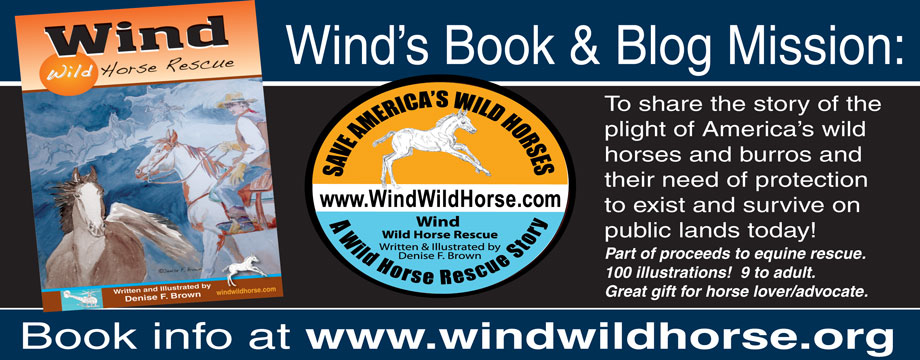Royal Family Fairy Tale as Britain’s Princess Anne Adopts a Horse in Need
 Imagine you’re a royal princess. You could pretty much have any horse in the world.
Imagine you’re a royal princess. You could pretty much have any horse in the world.
Now imagine you’re a royal princess who is a former Olympian. A former jump race jockey. And an enduring military officer whose duties call for ceremonial mounted occasions.
Not only could you buy any horse, but you’d be able to ride it pretty well, too. The sky’s the limit. In fact, people would probably be trying to give horses to you if you were that person.
That’s the case for Great Britain’s Princess Anne. She lives in the world of eventing and point-to-point racing and military-trained horses, all sectors of the horse world where the norm is a 16-hand (and up) Irish or warmblood horse. And she does need a new riding horse for use around her farm at Gatcombe Park in England.
A day’s ride for Great Britain’s Princess Anne might be a hack on her farm or a full-dress trooping of the colours. (Wikimedia creative commons image)
Did Princess Anne go horse shopping at Westphalia in Germany or the Millstreet Show in Ireland? Did she send agents to the young horse shows or put the word out to all who worked under her last year when she headed the British delegation for the 2012 Olympics?
“What about this one?” Princess Anne takes a look at Dan, an adoptable horse at a World Horse Welfare farm. (World Horse Welfare photo)
Far from it. In one of the classiest moves by anyone at the top of the international horse world in a long, long time, Princess Anne adopted a horse in need from the sheltered adoptee list of World Horse Welfare (WHW). The British charity–over which she happens to preside–operates several farms in Great Britain that take in horses in need, ranging from horses that have been the victims of terrible abuse and neglect to horses that have to be abandoned by owners who can no longer afford them.
In a stall inside one of the WHW barns, Princess Anne came literally eyeball-to-eyeball with a sturdy mare who is, oddly enough, named Annie, and whose legs are about half as long as the eventers and steeplechasers the Princess formerly rode. Better yet, Annie is a Welsh Cob, a native British breed. And she’s just exactly what Princess Anne, who is now 63, wants and needs.
“This is the one!” A Welsh Cob mare named Annie caught the eye of Princess Anne. The mare needed a home and Princess Anne needed a riding horse. Annie now has a new home. (World Horse Welfare photo)
For World Horse Welfare, Annie is a drop in the proverbial bucket of horses that need homes. The charity has a much-lauded program in rehabilitating and retraining horses to prepare them for new lives as pleasure horses with new owners, but they report a potential load of as many as 7,000 horses identified as welfare risks in Great Britain this year. The charity’s intake of horses this year has risen by 23 percent, but the number of horses that have been adopted out has fallen by 34 percent.
They probably had a tough decision to choose which horse most deserved Annie’s stall when she left the farm for her new home.
“Charity begins at home” is a saying that is often heard, but often misconstrued. Maybe “Charity starts at the top” is a way of illustrating to people like you and me and all of us who read these pages that someone at the top “gets it”, and understands the crisis in equine welfare that is affecting our horse world.
Princess Anne could have stayed up late studying pedigrees and analyzing conformation but instead she picked a horse that suited her needs, and her perception of at least one small action step she could take to help with the state of emergency that the horse industry finds itself facing.





